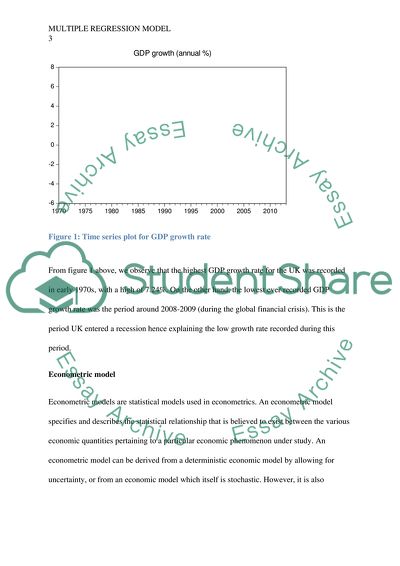Cite this document
(Multiple Regression Model Statistics Project Example | Topics and Well Written Essays - 1500 words, n.d.)
Multiple Regression Model Statistics Project Example | Topics and Well Written Essays - 1500 words. https://studentshare.org/statistics/1855448-specify-and-estimate-a-multiple-regression-model-that-can-be-used-for-generating-forecasts-of-some-variable-that-is-of-interest-to-you
Multiple Regression Model Statistics Project Example | Topics and Well Written Essays - 1500 words. https://studentshare.org/statistics/1855448-specify-and-estimate-a-multiple-regression-model-that-can-be-used-for-generating-forecasts-of-some-variable-that-is-of-interest-to-you
(Multiple Regression Model Statistics Project Example | Topics and Well Written Essays - 1500 Words)
Multiple Regression Model Statistics Project Example | Topics and Well Written Essays - 1500 Words. https://studentshare.org/statistics/1855448-specify-and-estimate-a-multiple-regression-model-that-can-be-used-for-generating-forecasts-of-some-variable-that-is-of-interest-to-you.
Multiple Regression Model Statistics Project Example | Topics and Well Written Essays - 1500 Words. https://studentshare.org/statistics/1855448-specify-and-estimate-a-multiple-regression-model-that-can-be-used-for-generating-forecasts-of-some-variable-that-is-of-interest-to-you.
“Multiple Regression Model Statistics Project Example | Topics and Well Written Essays - 1500 Words”. https://studentshare.org/statistics/1855448-specify-and-estimate-a-multiple-regression-model-that-can-be-used-for-generating-forecasts-of-some-variable-that-is-of-interest-to-you.


